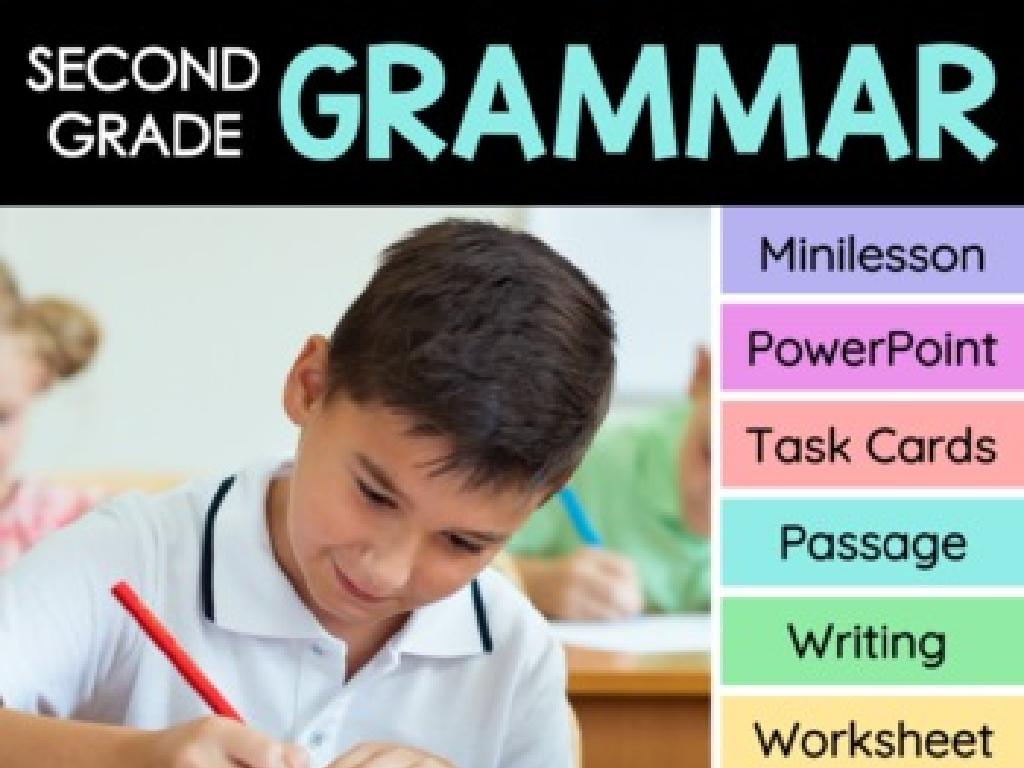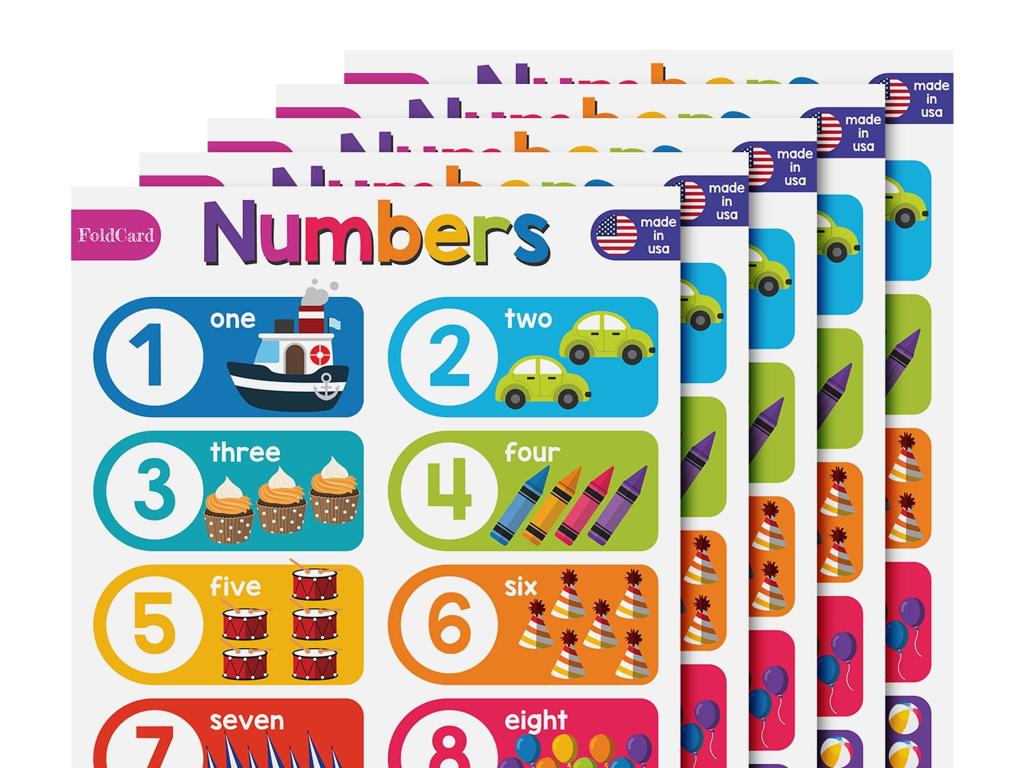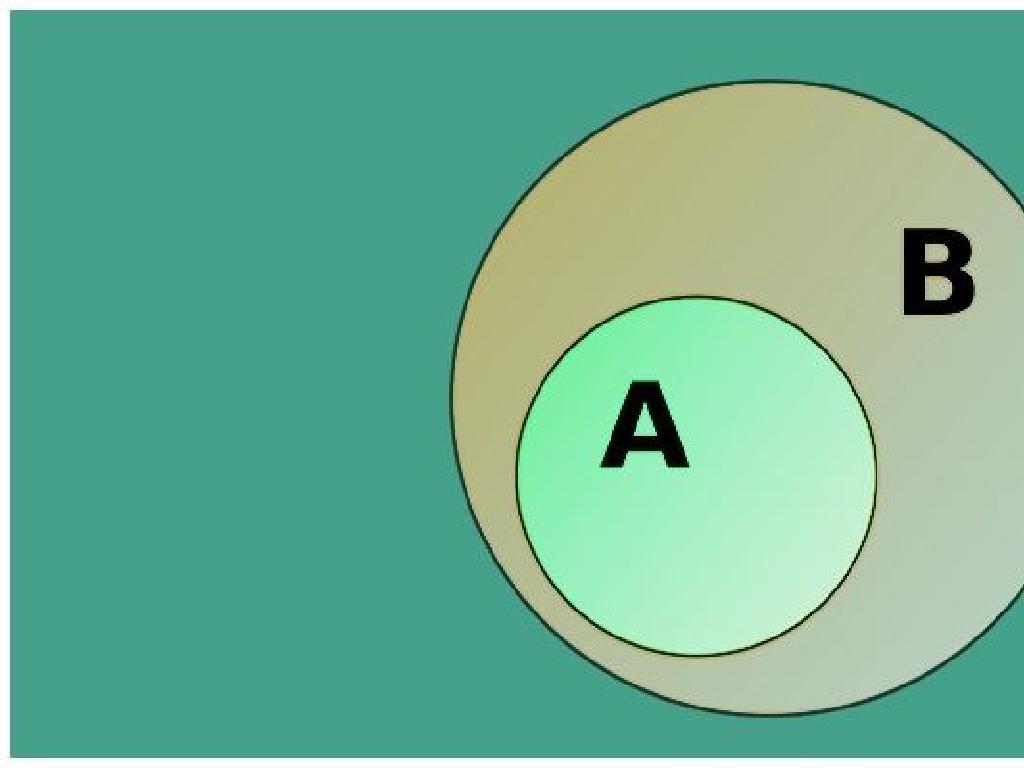Name Countries Of Europe: Region 1
Subject: Social studies
Grade: Seventh grade
Topic: Europe: Geography
Please LOG IN to download the presentation. Access is available to registered users only.
View More Content
Exploring Europe: Region 1 Geography
– Europe’s diverse geography
– A continent with varied landscapes, from mountains to plains
– Region 1: Western Europe
– Includes countries like France, Germany, and the Netherlands
– Unique features of Region 1
– Rich cultural heritage, historical landmarks, and varied climates
– Key countries in Region 1
– Learn about France, Germany, Belgium, the Netherlands, and Luxembourg
|
This slide introduces students to the geography of Europe, with a specific focus on Region 1, which is considered Western Europe. Highlight Europe’s diverse geographical features, including its mountain ranges, rivers, and plains. Explain that Region 1 includes some of the most well-known countries in Europe, such as France and Germany, and is characterized by its rich cultural heritage, historical landmarks, and varied climates. Encourage students to explore the key countries in this region, understanding their location, capital cities, and significant geographical features. This will set the foundation for a deeper dive into the history, culture, and modern-day aspects of these countries in subsequent lessons.
Exploring Europe: Region 1 Countries
– Map identification of Region 1
– Locate countries on a map, such as France, Germany, and Belgium.
– Significance of each country
– Discuss how these countries contribute to Europe’s economy and culture.
– Interesting facts about Region 1
– Share unique traditions, languages, or landmarks like the Eiffel Tower in France.
– Cultural and historical insights
– Understand the historical events that shaped Region 1, including wars and unions.
|
This slide aims to introduce students to the countries of Europe’s Region 1, which includes nations like France, Germany, Belgium, and others. Start by showing a map and having students identify each country. Discuss the significance of these countries in terms of their economic impact, cultural contributions, and political influence in the European Union. Share interesting facts about each country to pique students’ interest, such as famous landmarks, unique cultural practices, or languages spoken. Provide historical context to help students understand how past events have shaped the current landscape of Region 1. Encourage students to explore these countries further in group discussions or individual research projects.
Physical Features of Europe: Region 1
– Explore Region 1’s geography
– Look at maps, identify key landforms
– Geography’s impact on culture
– How landforms influence lifestyle, traditions
– Major mountains in Region 1
– The Alps: Europe’s major mountain range
– Rivers and climate characteristics
– The Danube River, Mediterranean climate
|
This slide aims to introduce students to the physical geography of Europe’s Region 1, which includes diverse features like mountains, rivers, and varied climates. Emphasize the importance of physical geography in shaping the culture and history of the region. For example, the Alps have not only been a natural barrier but also a hub for tourism and alpine sports. The Danube River has been central to trade and cultural exchange. The Mediterranean climate influences the diet and lifestyle of the inhabitants. Encourage students to think about how these features might affect their own lives if they lived in Region 1.
Cultural Highlights of Europe: Region 1
– Languages in Region 1
– Explore the variety of languages such as French, German, and Italian.
– Iconic landmarks and history
– Eiffel Tower: A symbol of France, Colosseum: Ancient Roman gladiatorial arena.
– Region 1’s cultural diversity
– Celebrate the mix of traditions, cuisines, and festivals.
– Understanding regional identity
|
This slide aims to give students a glimpse into the rich cultural tapestry of Europe’s Region 1. Start by discussing the various languages spoken in countries like France, Germany, and Italy, emphasizing the importance of language as a cultural element. Move on to famous landmarks, such as the Eiffel Tower and the Colosseum, discussing their historical contexts and significance. Highlight the cultural diversity present in this region, with its blend of traditions, cuisines, and festivals, which contributes to the unique regional identity. Encourage students to think about how these cultural aspects influence the way people live and interact in Region 1.
Economic Overview of Europe: Region 1
– Main industries in Region 1
– Agriculture, manufacturing, and tourism are key sectors.
– Region 1’s role in Europe’s economy
– Region 1 may be a hub for trade, finance, or innovation.
– Geography’s impact on economy
– Natural resources, climate, and location shape economic activities.
– Case study: Country X’s economy
– Explore how Country X utilizes its geography for economic growth.
|
This slide provides an overview of the economic landscape in Europe’s Region 1, highlighting the main industries such as agriculture, manufacturing, and tourism. Discuss the significance of Region 1 in the broader European economy, whether it’s a center for trade, finance, or technological innovation. Emphasize how geographical features like natural resources, climate, and strategic location contribute to the economic strengths and challenges of these countries. Use a specific country from Region 1 as a case study to illustrate these points in detail. Encourage students to think about how geography can influence a country’s economy and to research further into how different European countries capitalize on their geographical advantages.
Class Activity: Mapping Europe – Region 1
– Engage in map labeling activity
– Identify and label Region 1 countries
– Find a unique fact per country
– Research to discover something special about the country you labeled
– Discuss your findings with a partner
– Share and compare facts with classmates
|
This interactive class activity is designed to help students learn about the countries in Region 1 of Europe through a hands-on mapping exercise. Provide students with blank maps of Europe and have them label each country in Region 1. Encourage them to use atlases or online resources to ensure accuracy. Once labeled, each student should research and find one unique fact about a country they have labeled, such as a cultural practice, historical event, or geographical feature. Afterward, students will pair up to discuss the facts they’ve found. This activity promotes collaboration and communication among students while reinforcing their geographical knowledge of Europe. Possible variations of the activity could include creating a classroom map with labeled countries, having students present their unique facts to the class, or even a quiz game where students guess the country based on the unique fact shared.
Review and Reflection: Europe’s Region 1
– Recap of Europe’s Region 1
– Revisit the countries and capitals covered
– Reflection on today’s discoveries
– Think about the unique characteristics of each country
– Open floor for questions
– Share interesting observations
– Did anything surprise you about this region?
|
This slide aims to consolidate the knowledge gained in today’s lesson about the countries in Europe’s Region 1. Begin by summarizing the countries and their capitals that were discussed. Encourage students to reflect on the cultural, geographical, and political aspects that make each country unique. Open the floor for any questions the students might have, allowing them to clarify any doubts. Finally, ask them to share any interesting facts or observations they’ve made during the lesson to foster engagement and ensure they are connecting with the material on a deeper level. This reflection time is crucial for reinforcing their learning and encouraging curiosity.
Homework: Explore a European Country
– Select a Region 1 country
– Research its geography & culture
– Look into landforms, climate, and famous landmarks
– Investigate its economy
– Explore industries, trade, and currency
– Write a paragraph & prepare to share
– Summarize your findings in a clear, concise paragraph
|
This assignment encourages students to engage with the geography, culture, and economy of a European country in Region 1. They should look into physical aspects such as mountains, rivers, and climate, cultural elements including language, traditions, and cuisine, and economic factors like main industries, trade partners, and currency. The goal is to write a well-rounded paragraph that encapsulates the essence of the chosen country. In the next class, students will share their research, enhancing their public speaking skills and deepening their classmates’ understanding of Europe’s diversity.






